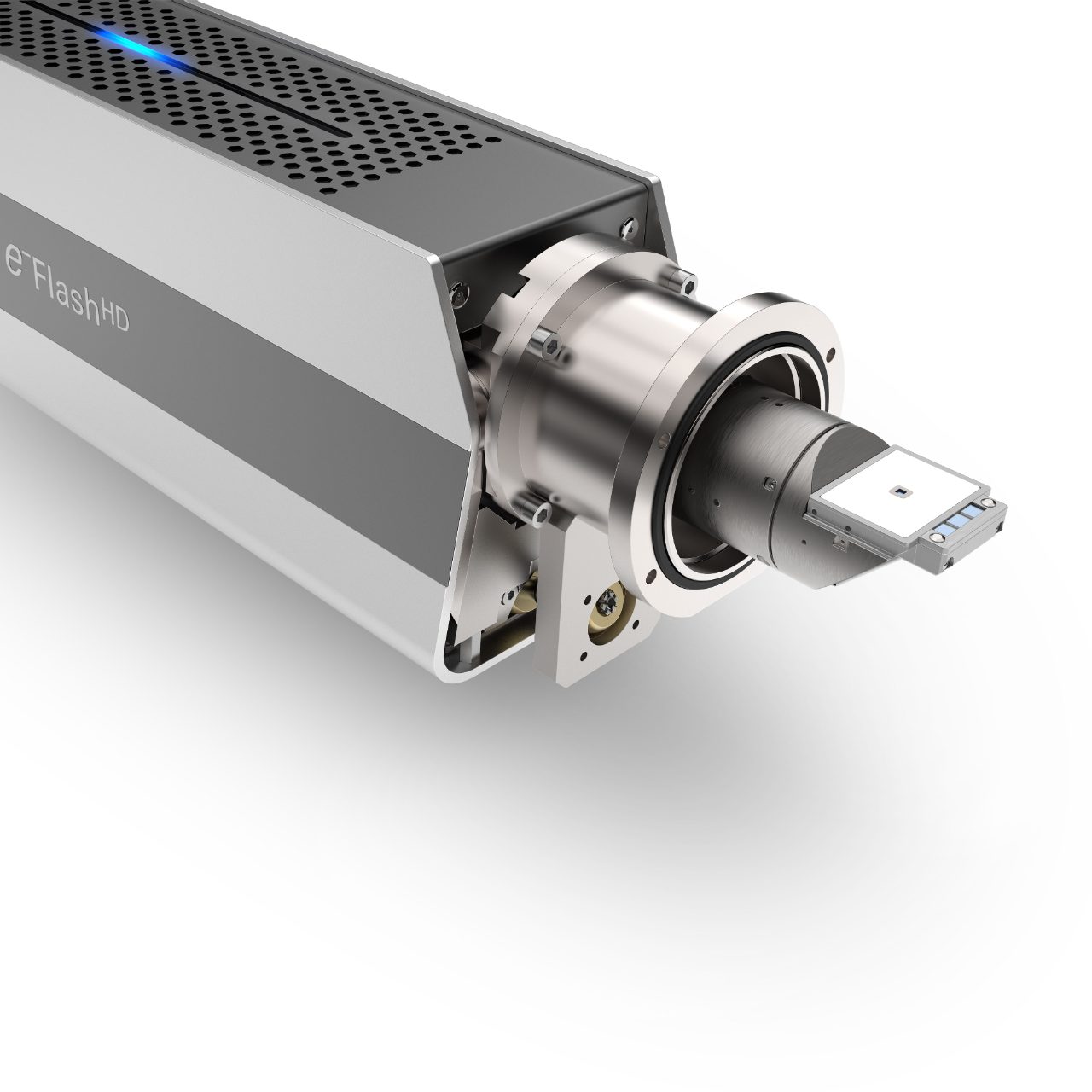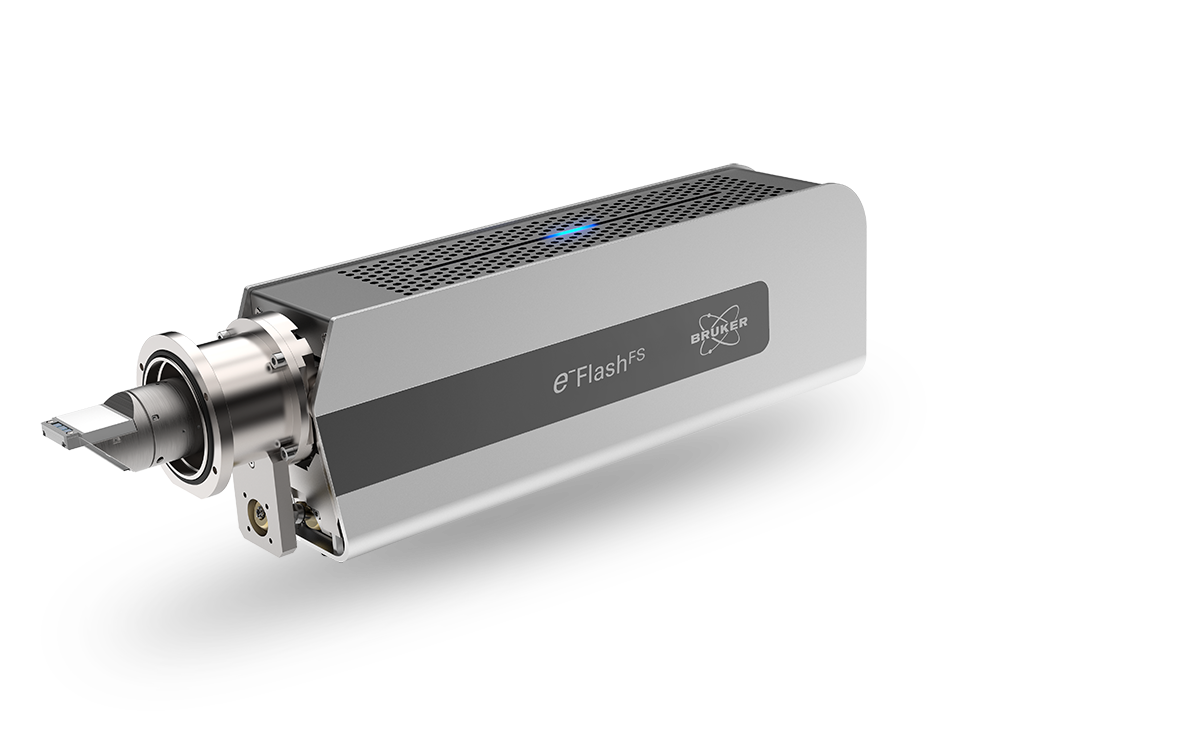

Advanced Sample Preparation by Broad Ion Beam Milling for EBSD Analyses
High-Quality EBSD measurements
This webinar provides sample preparation solutions for challenging materials using Fischione Instruments’ Model 1061 SEM Mill, a broad ion beam (BIB) mill, and corresponding high quality EBSD measurements acquired using Bruker eFlash FS detector.
Sample surface preparation is critical for successful electron backscatter diffraction (EBSD) materials analyses. Because the EBSD signal comes from the top few nanometers of the sample, the sample requires high quality surface preparation. The surface must be free from crystal lattice damage and plastic deformation, as well as from contamination and oxidation. This makes the use of the mechanical polishing technique limited to relatively coarse-grained samples containing phases of similar hardness. Polyphase samples comprising soft and hard materials are extremely difficult to polish by this technique. For example, if one phase is hard and brittle and the second phase is soft and ductile, the rate of material removal during mechanical polishing can vary widely. In addition, the hard particles removed from the first phase can act as a grinding medium and tear the soft matrix of the second phase. The result is a surface inappropriate for EBSD analyses. Electrochemical polishing is another sample preparation technique. It is fast and can be automated, but its application is limited to conductive and monophase materials with homogenous surfaces. It is also often hazardous because it uses highly acidic and corrosive solutions. The alternative technique for fine-grained and multiphase materials sample preparation is BIB milling.
In this presentation, we compare EBSD results acquired on large areas polished by mechanical and BIB milling techniques on steel, titanium, and zirconium alloys, as well as solder bumps.
Following the presentation, our experts will answer your questions during a 15 minute Q&A session.
Speakers
Dr. Pawel Nowakowski
Senior Application Scientist, E.A. Fischione Instruments, Inc.
Dr. Laurie Palasse
Global Application Manager, Bruker Electron Microscope Analyzers
Watch this Webinar On-Demand
Please enter your details below to gain on-demand access to this webinar.


